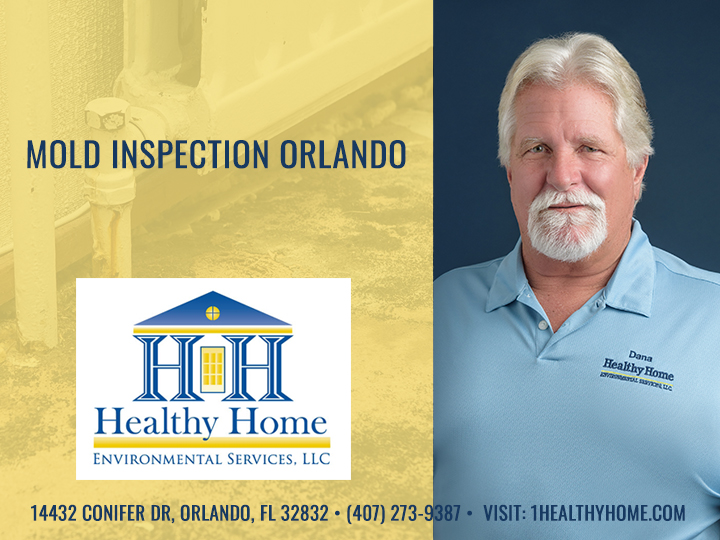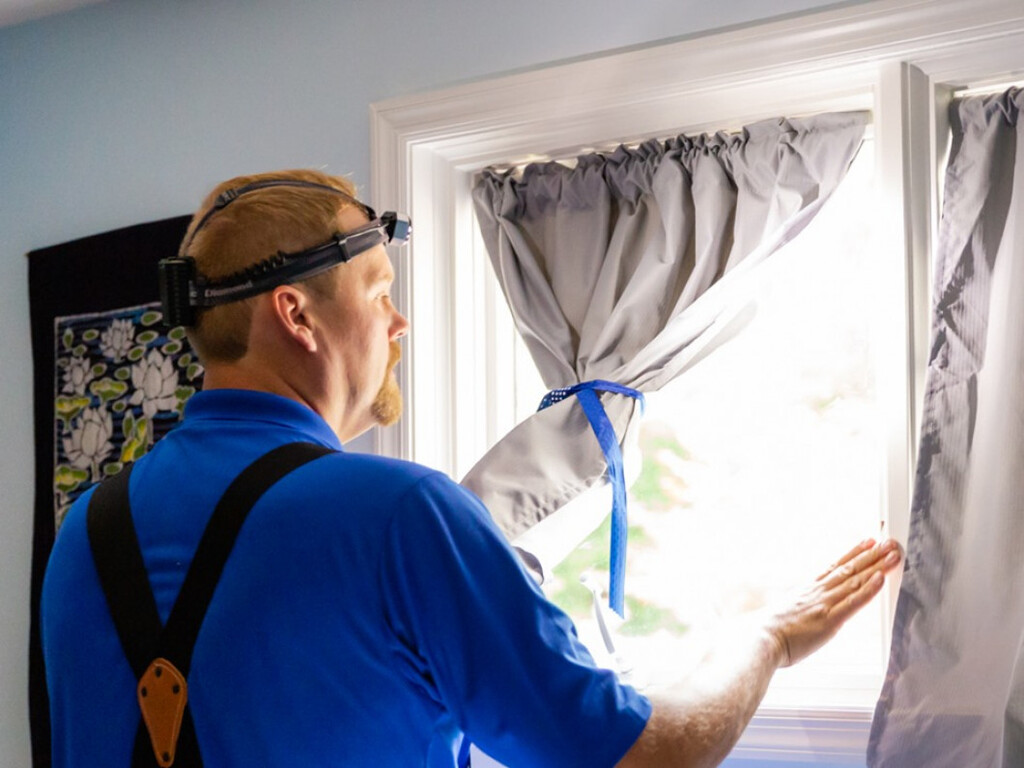Selecting the Right Mycotoxin testing Services for Your Service
Selecting the Right Mycotoxin testing Services for Your Service
Blog Article
How Mycotoxin Testing Assists Protect Against Contamination and Safeguard Food Supplies

Mycotoxin testing is an indispensable practice in the food market, offering as a frontline protection versus contamination by hazardous toxic substances generated by molds. Through the application of advanced methods like High-Performance Fluid Chromatography (HPLC) and Fluid Chromatography-Mass Spectrometry (LC-MS), food producers can accurately evaluate and detect mycotoxin levels in agricultural products.
Comprehending Mycotoxins
Recognizing mycotoxins starts with identifying that they are poisonous second metabolites generated by particular mold and mildews, which can pollute farming items. These metabolites are not necessary for the development or recreation of the fungis yet can have severe ramifications for animal and human health. Mycotoxins are generally located in staple crops such as corn, wheat, barley, and nuts, where they can proliferate under certain problems of moisture and temperature level.
There are numerous types of mycotoxins, each generated by different fungal varieties. Fusarium types generate trichothecenes and fumonisins, both of which are linked with different acute and persistent health problems.

Dangers of Mycotoxin Contamination
The dangers of mycotoxin contamination are multifaceted, presenting significant dangers to both food safety and public health and wellness. Mycotoxins, toxic compounds generated by certain kinds of fungis, can pollute a vast variety of farming products including grains, nuts, spices, dried out fruits, and coffee.
Economic effects are an additional major issue. Infected crops can lead to significant financial losses for farmers and food manufacturers as a result of decreased returns and the demand for costly purification actions. Additionally, worldwide profession can be considerably prevented as countries impose stringent mycotoxin policies to safeguard their populaces, causing declined shipments and stretched trade relations.
Environmental elements such as climate change worsen the risk of mycotoxin contamination. Variants in temperature level and moisture can develop beneficial conditions for fungal growth, raising the probability of contamination occasions. Thus, understanding and alleviating these risks are critical for guaranteeing the safety and security and integrity of worldwide food products.
Techniques of Mycotoxin Checking
Precisely identifying mycotoxin contamination in farming items is vital for guarding public wellness and preserving food safety criteria. Different techniques are employed to detect and evaluate mycotoxins, each offering certain advantages and limitations.
High-Performance Fluid Chromatography (HPLC) is a widely made use of approach because of its high level of sensitivity and accuracy. It entails dividing mycotoxins from various other materials in a sample, enabling precise quantification. Likewise, Liquid Chromatography-Mass Spectrometry (LC-MS) incorporates fluid chromatography with mass spectrometry to provide detailed molecular info, making it particularly valuable for determining multiple mycotoxins all at once - Mycotoxin testing Services.

Gas Chromatography-Mass Spectrometry (GC-MS) and Thin-Layer Chromatography (TENDER LOVING CARE) are additionally utilized, each with special applications. GC-MS is efficient for unstable mycotoxins, while TLC offers a simpler, cost-efficient choice for initial screening.
Benefits of Normal Checking
Routine testing for mycotoxins in farming items supplies many benefits, substantially adding to public health and wellness and food security. By identifying contamination early, regular screening assists avoid the distribution of toxic foods, therefore lowering the danger of mycotoxin-related diseases among customers. This proactive strategy not only safeguards human health yet likewise enhances the total quality of food products.
Constant screening likewise supports governing compliance. Various nations and areas have actually developed strict limits for mycotoxin levels in food and feed. Adhering to these limitations through regular testing guarantees that suppliers and manufacturers satisfy lawful standards, therefore avoiding charges and profession barriers. In addition, maintaining conformity cultivates consumer depend on and brand name credibility, which are critical for market success.
Furthermore, normal mycotoxin screening can bring about significant economic benefits. Early see this detection of contamination enables prompt treatment, lowering possible losses from prevalent contamination. Executing routine testing methods can additionally minimize recall costs and related obligations, which can be monetarily ravaging.
Moreover, routine screening provides important data that can notify much better farming techniques and storage space problems. By recognizing patterns of contamination, producers can take on preventative actions, thereby adding and lowering future dangers to the sustainability of the food supply chain.
Executing Evaluating Protocols
Carrying out effective mycotoxin screening procedures is crucial for making certain the security and quality of farming products. Each stage must be looked at to pinpoint where mycotoxin contamination is most likely to take place.
Once important control points are recognized, choosing ideal testing approaches is vital. Common methods include enzyme-linked immunosorbent assay (ELISA), high-performance liquid chromatography (HPLC), and mass spectrometry (MS) Each approach has its staminas and weak points; thus, selecting the proper one depends upon the specific mycotoxin being checked, the required sensitivity, and readily available resources.

Finally, integrating the testing methods right into a thorough food security more info here monitoring system is advisable. This boosts traceability and enables quick rehabilitative actions when contamination is found, thus safeguarding the honesty of the food supply chain.
Verdict
Mycotoxin testing is important in preventing contamination and guarding food supplies by enabling early discovery of damaging toxic substances produced by mold and mildews in agricultural products. Advanced methods such as HPLC and LC-MS ensure compliance with safety laws and safeguard consumers from wellness risks. Routine screening improves brand name reputation, monetary security, and rely on food safety by minimizing contamination-related losses and maintaining high criteria in food manufacturing. Applying rigorous screening methods is thus critical for the industry's overall well-being.
Mycotoxin screening is an indispensable practice in the food industry, offering as a frontline protection versus contamination by unsafe contaminants created by molds. An integrated approach involving farming techniques, storage space administration, and regular testing can mitigate the risks linked with mycotoxin contamination, making certain food security and public health and wellness.
The risks of mycotoxin contamination are multifaceted, positioning considerable dangers to both food safety and security and public health and wellness.Regular testing for mycotoxins in agricultural items provides various benefits, significantly adding to public wellness and food security.Mycotoxin testing is essential in protecting against contamination click to investigate and guarding food products by making it possible for early detection of unsafe toxic substances generated by molds in farming products.
Report this page